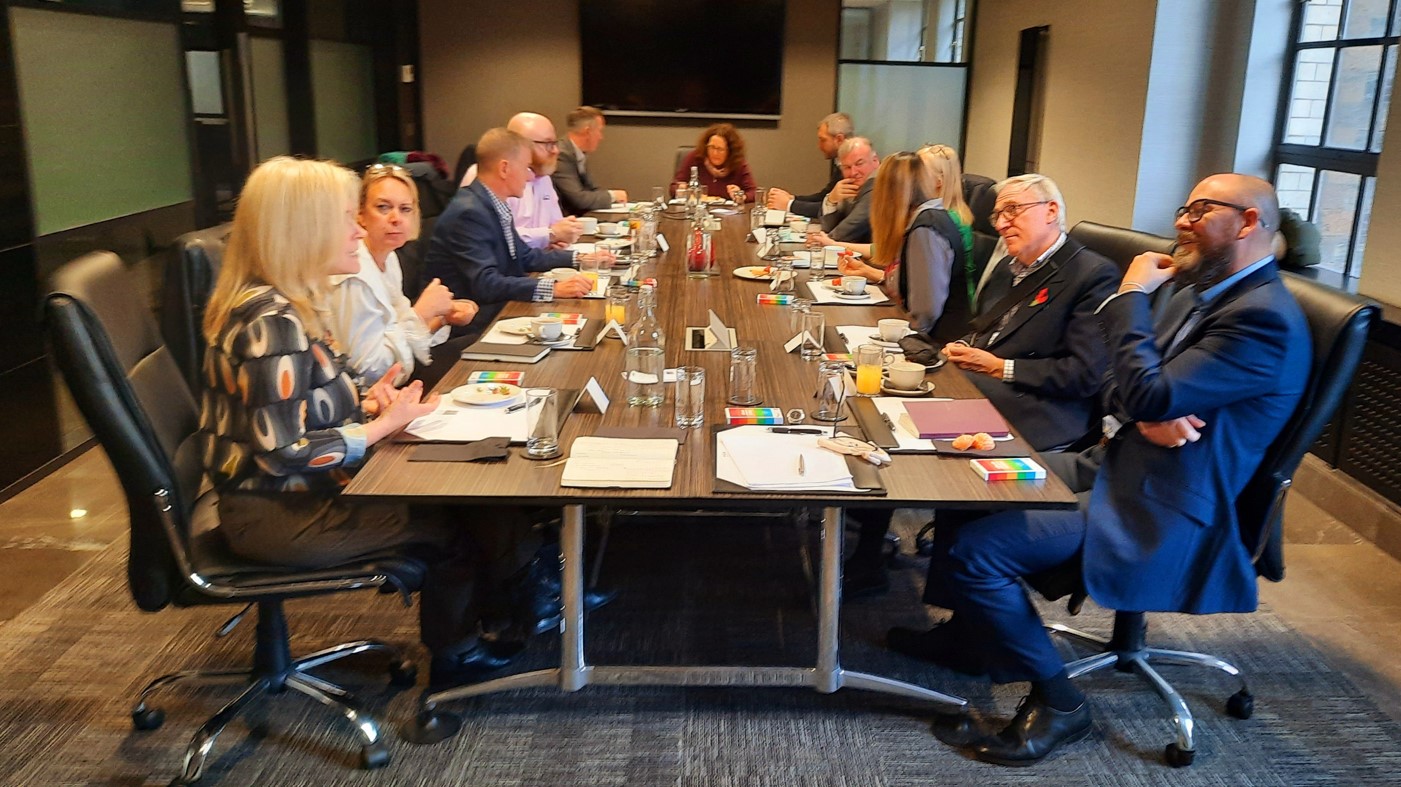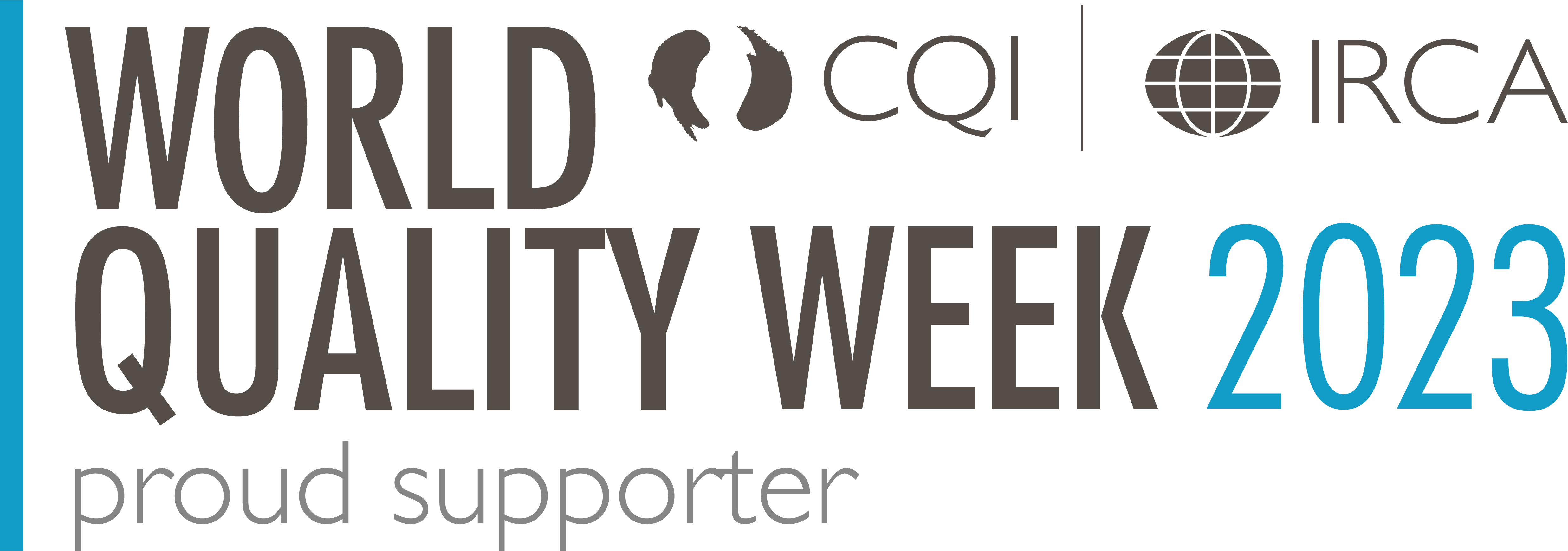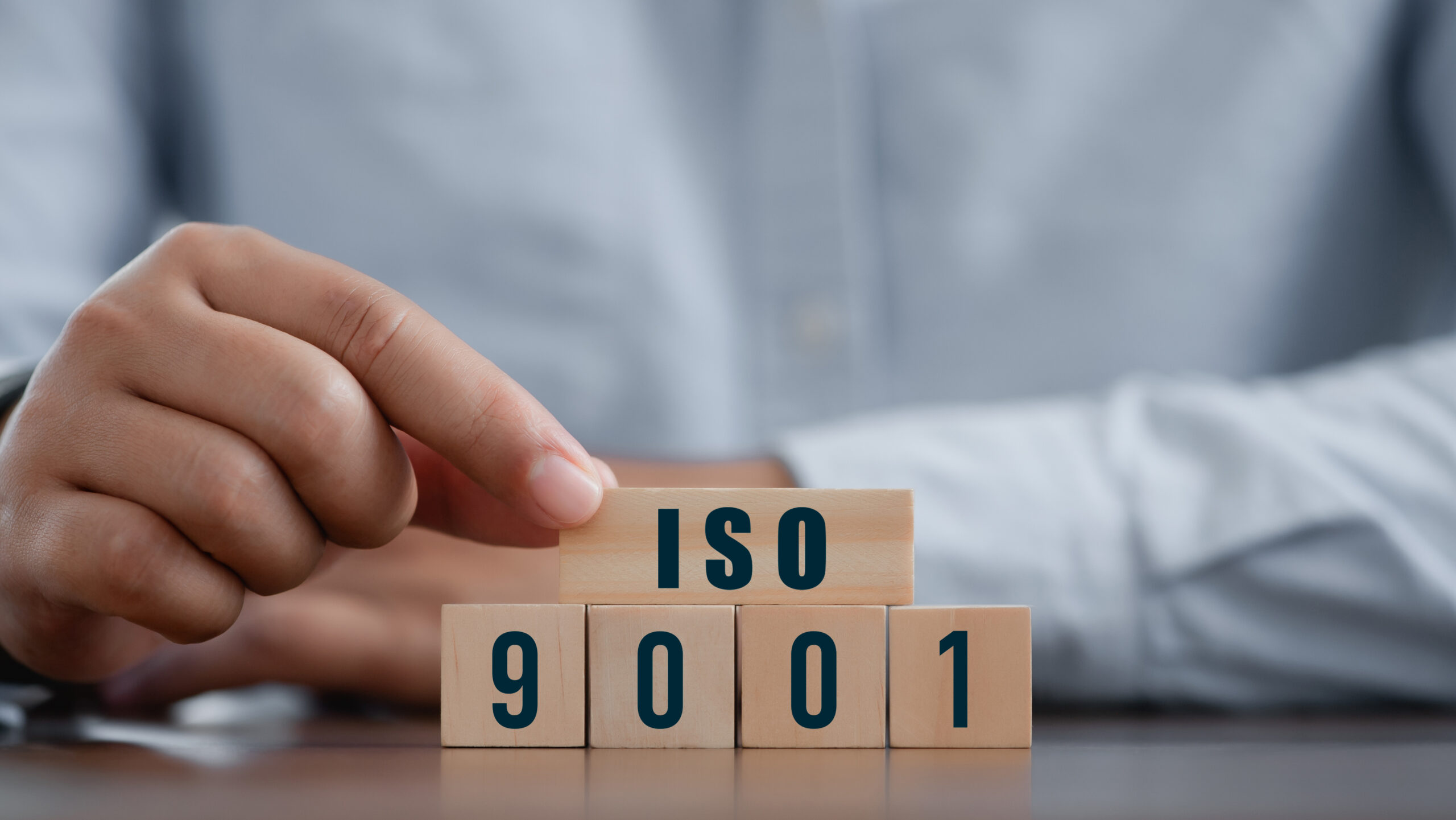
Making Climate Change a Business Priority
COP26 Roundtable – David Picton, SVP of Sustainability
COP26 naturally divided and, to an extent, politicised opinion. Strong voices call out the Summit’s positives – such as new agreements on protecting nature, phasing down coal, a move to ‘keep 1.5 (degrees) alive’ and new national net zero commitments. However, some of the gaps in detail clearly indicate the crucial role that businesses can and must play in building climate change action into their commercial strategies. The transformational products and services that will underpin, and deliver, national commitments depend upon multi-sector collaboration.
Our series of articles will cover the questions we tackled with business leaders at our fringe event in Glasgow. The first – this one – considers how climate action can fit amongst so many other business priorities like economic recovery. The second examines how businesses can engage supply chains in climate action, particularly amid such recent disruption. The third one looks at how businesses can engage their people and customers in meaningful climate action.
So – how can climate action fit amongst so many other business priorities?
Our Glasgow event brought together individuals from organisations as diverse as food and beverage manufacturing, construction and engineering services, broadcasting and entertainment, healthcare, defence and consultancies for the environment and government policy. One unanimous view was that acting on climate should not be a separate business priority, but an integral one which offers significant business benefit opportunities. As a rational commercial necessity, climate change was going beyond ‘lip service’ and ‘box-ticking’ to a recognition that there were rapidly-escalating costs and risks from doing nothing.
Forward thinking businesses are putting financial metrics around subjective risks, re-educating Boards to better understand risk profiles. Shares in coal firms fell on the first trading day after COP26 ended, and fossil-fuel producers are seeing spikes in the cost of capital. Investment funds are rapidly reviewing carbon-intensive holdings, bringing business valuations, competitive disadvantage and reputational risk into sharp focus. Facing into it is key, to avoid the risk of not being credible, authentic and ambitious in ‘joining the climate action train’ that’s now leaving the station.
Work winning was making climate action a priority amongst those opportunities – one that was changing fast. More government procurement contracts have carbon reduction as an entry requirement, and commercial tenders have up to 40% of scoring based on sustainability evidence. This needed to be a level playing field for everyone – as difficult as that might be – particularly as some ‘bid customers’ seemed unsure of what to ask for. There was also scope for ‘reverse mentoring’ – proper conversations with clients to move away from ‘point-scoring’ tenders towards co-beneficial impacts. This suggested that buyers and suppliers must work more closely together on credible, common evidence, benchmarks and data – to strengthen tenders, pre-qualification efforts and procurement outcomes.
The scope for adjacencies offered exciting opportunities, as markets came together, with purpose – not just to talk but to do. Our session heard examples where businesses had seen the climate challenge as a chance to move into the fuels industry – experimenting with electro-fuels in sun-rich areas. Early results were promising and offered positive impacts on predictability of price and availability (particularly in the recent fuel crisis). In just the last week, the UK retailer Morrison’s has also bought into a Fife recycling plant to help with its waste reduction (plastic-recycling) goals. Others spoke of the importance of client activity diversification – emphasising that it was important to pivot towards renewables and away from carbon-drenched projects, but it was vital not to step away from the oil and gas industry altogether.
Given the ever present nature of public awareness, credible and authentic climate action clearly offered significant brand benefits. Examples cited at our session included investing in renewable energy for brewing beers, working with barley farmers for land management and seeing momentum from positive stories. Others were seeing new market demand, with research indicating that genuine environmental credentials were drawing new customers to legacy brands – saying that they would previously have rejected that brand on traditional marketing, but “this part of the story has made me look again.”
The final note in this first section centred on the belief that it was crucial to engage with climate action and not wait to find the ‘perfect’ answer. The issue was not a competition, a political football to be ‘kicked around’ or a ‘Betamax versus VHS’ trade-off between rival technologies. On a practical level, businesses should experiment with ‘no regret’ steps as much as possible, learn from mistakes and embrace all possibilities – on the basis that the best commercial options (through trial and collective learning) will eventually rise to the top of common adoption.
In essence, our LIFT approach may help – Learn, Identify, Focus and Try. Leaders should begin by learning what matters to their people, customers and investors. Next, they should identify what they could change, whether that was in procurement, energy use or the many other aspects of their organisation’s carbon footprint. They should then focus on the priorities, both in terms of the biggest measurable impacts and what people want to see happen. Lastly, try different initiatives, track the results and learn lessons so that the changes become embedded in normal operations. Data visibility is the golden thread running through the LIFT approach – to track what’s happening in diverse data streams measured accurately and consistently across business units.
Overall, the key points from the first question we set at our COP26 fringe event created five takeaways on making climate change a business priority:
- Face into it – and look for its opportunities
- Set buyers and suppliers to work together on credible, common evidence, benchmarks and data
- Look for adjacencies and options for diversification or new partnerships
- Identify brand benefits and appeal to customer motivations
- LIFT – Learn, Identify, Focus, Try (no-one has all the answers)
We’ll be covering these points on our upcoming webinar, alongside points from the next two articles (supply chain and people engagement), and releasing our brand-new Carbon Zero whitepaper. Sign up now if you haven't already.





